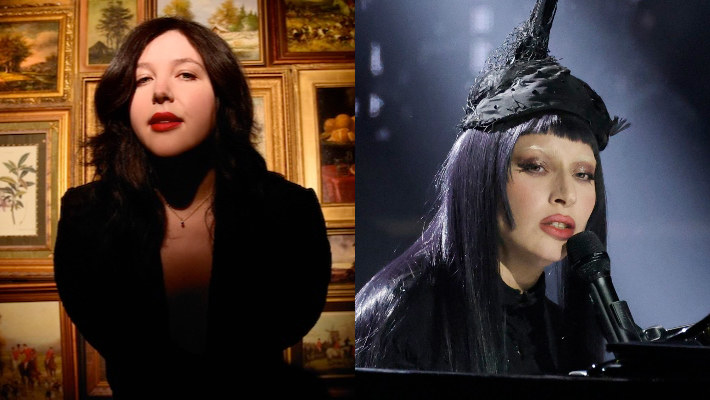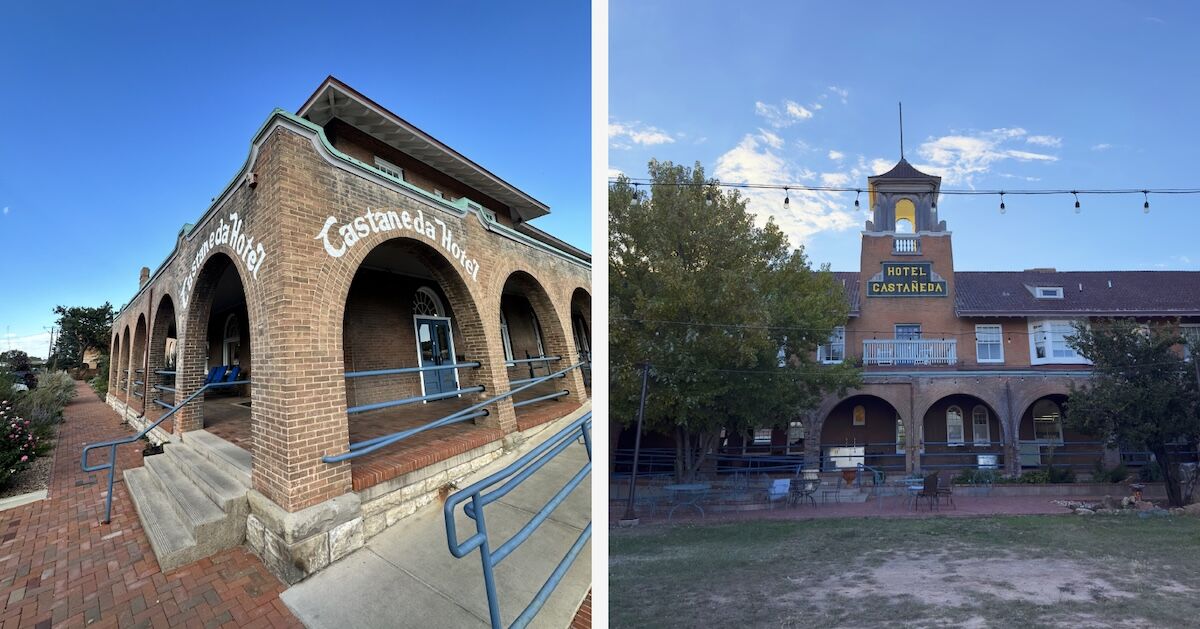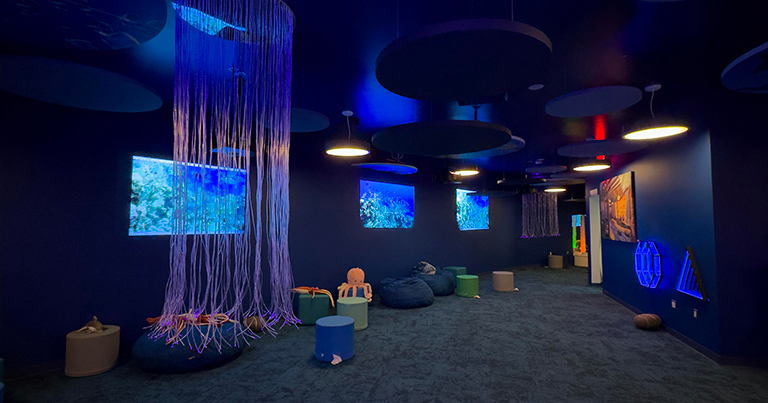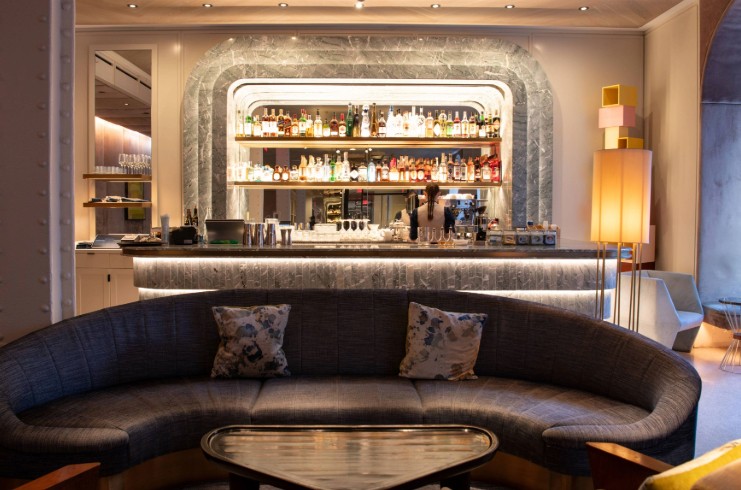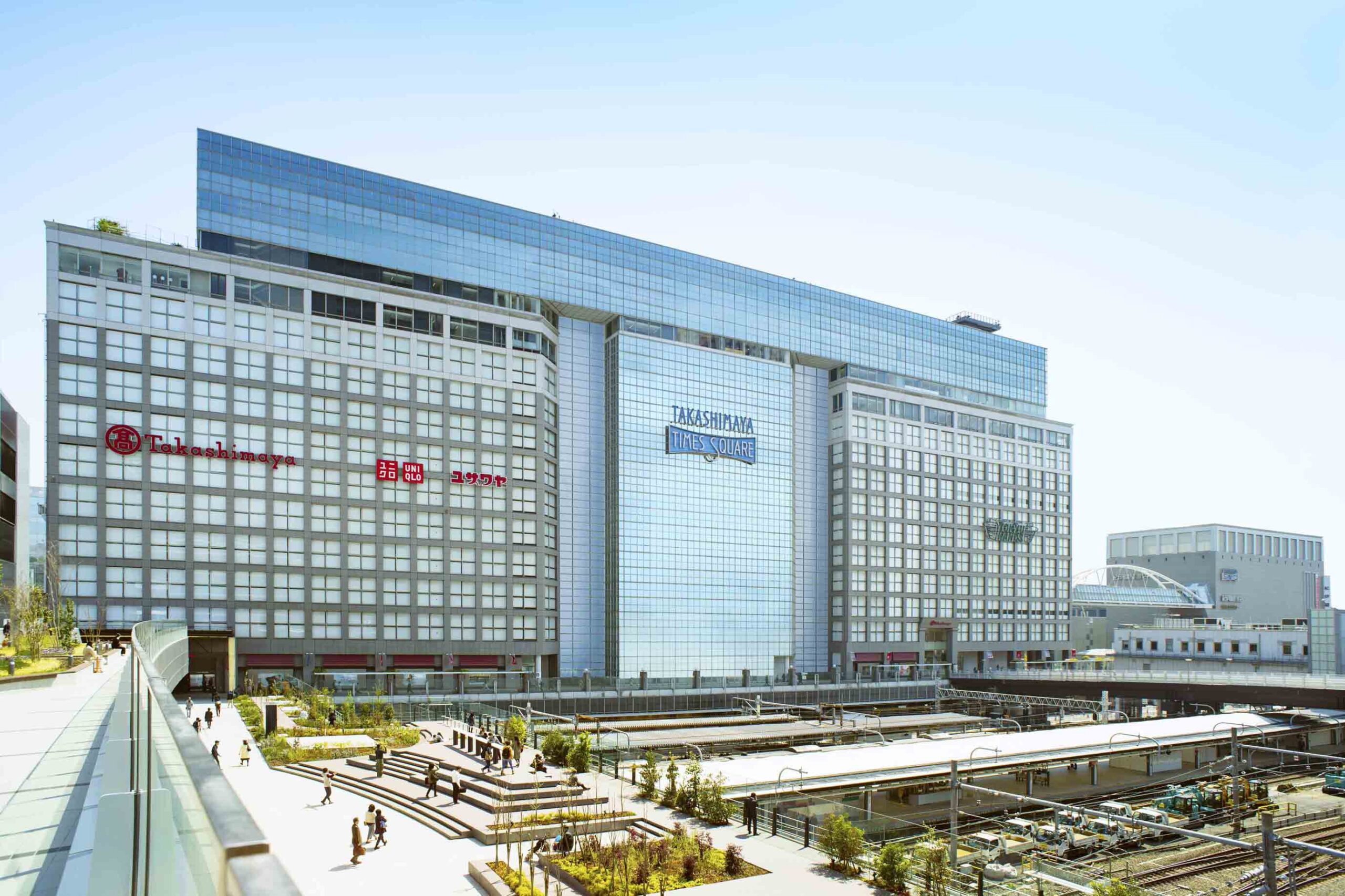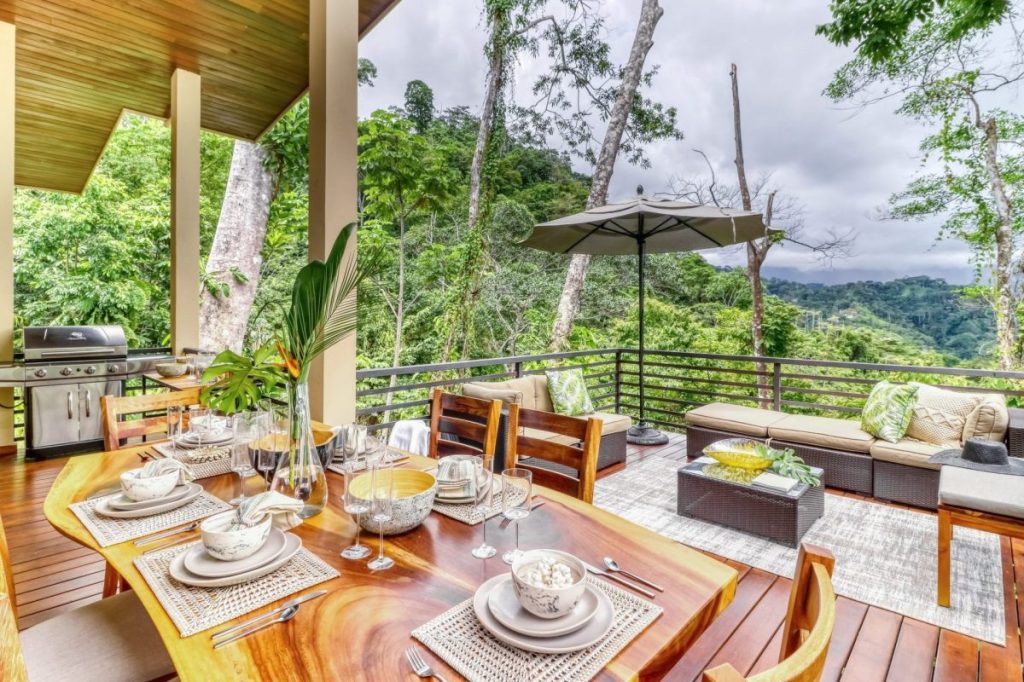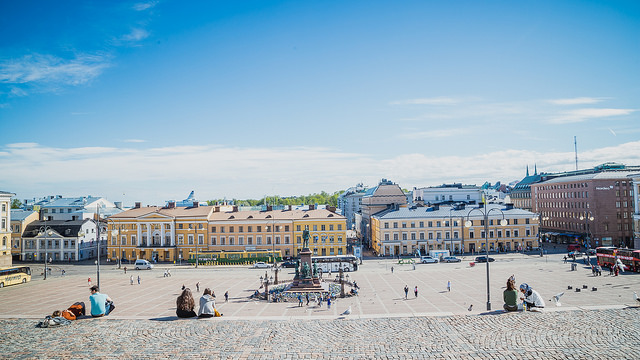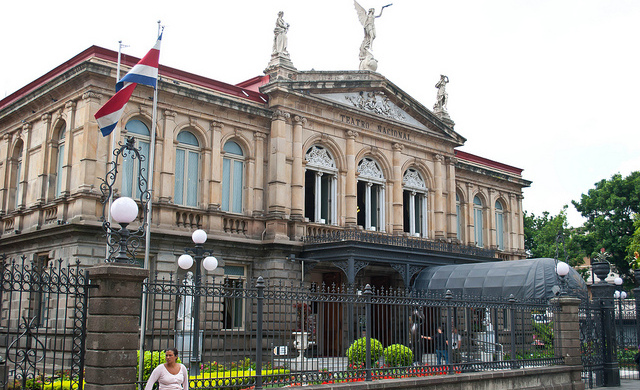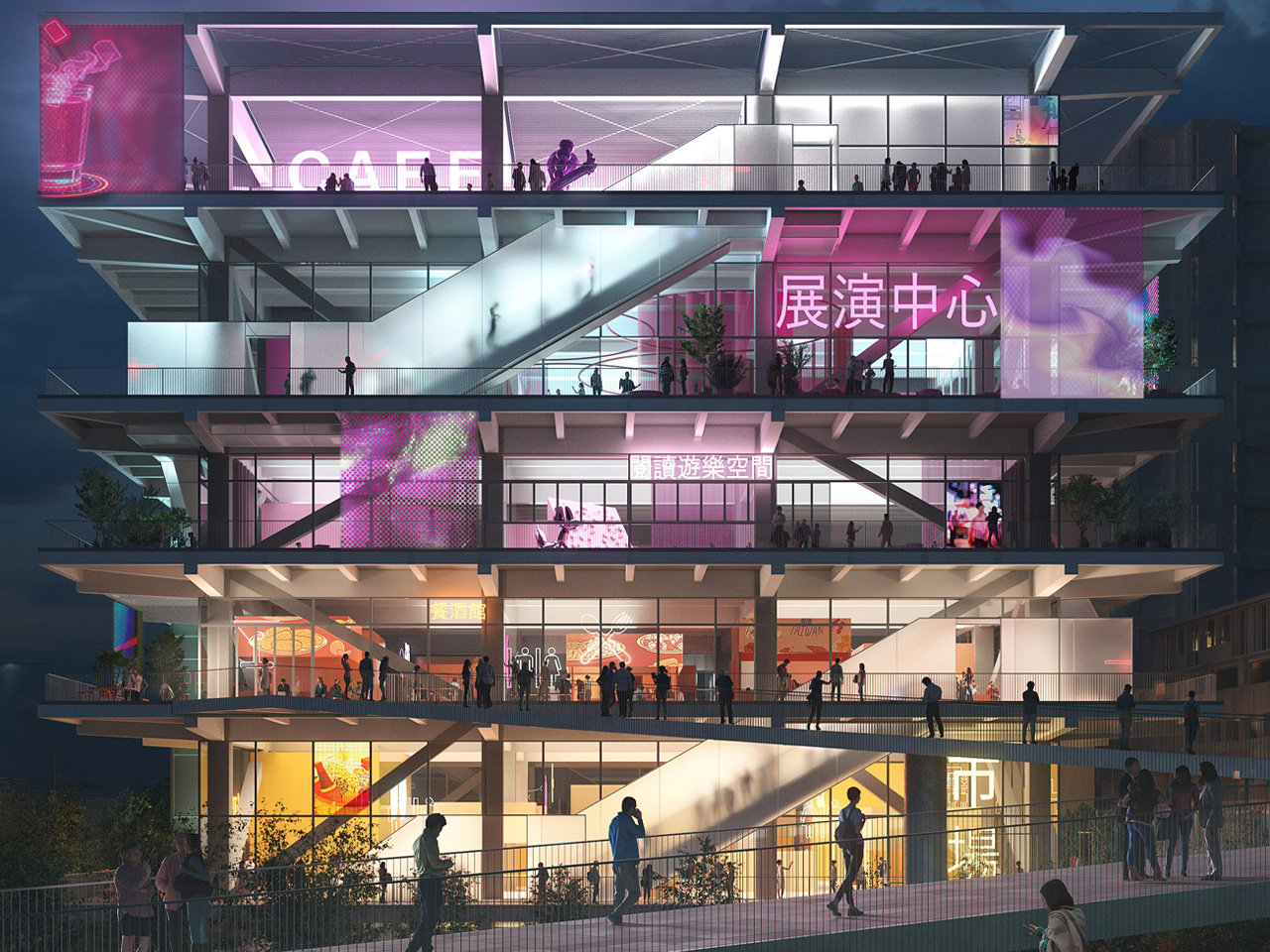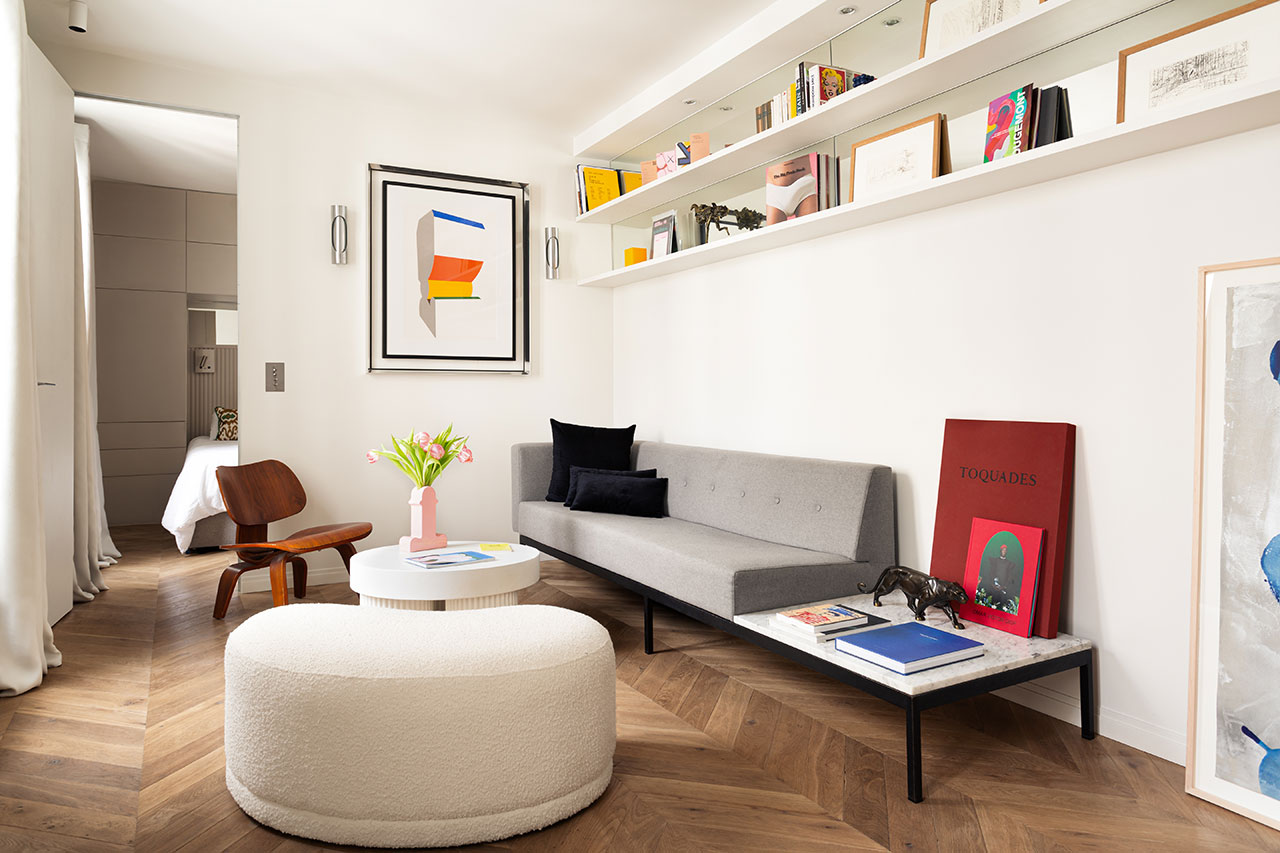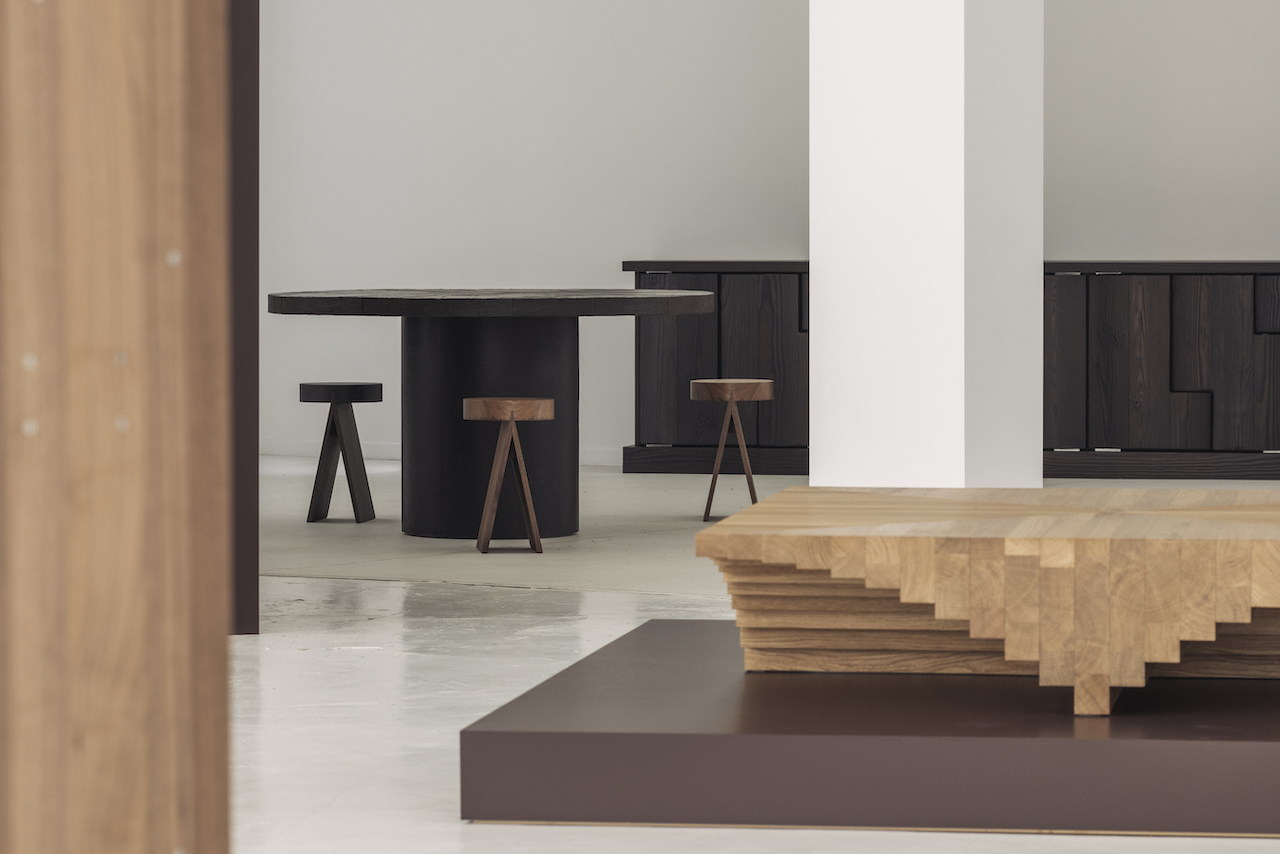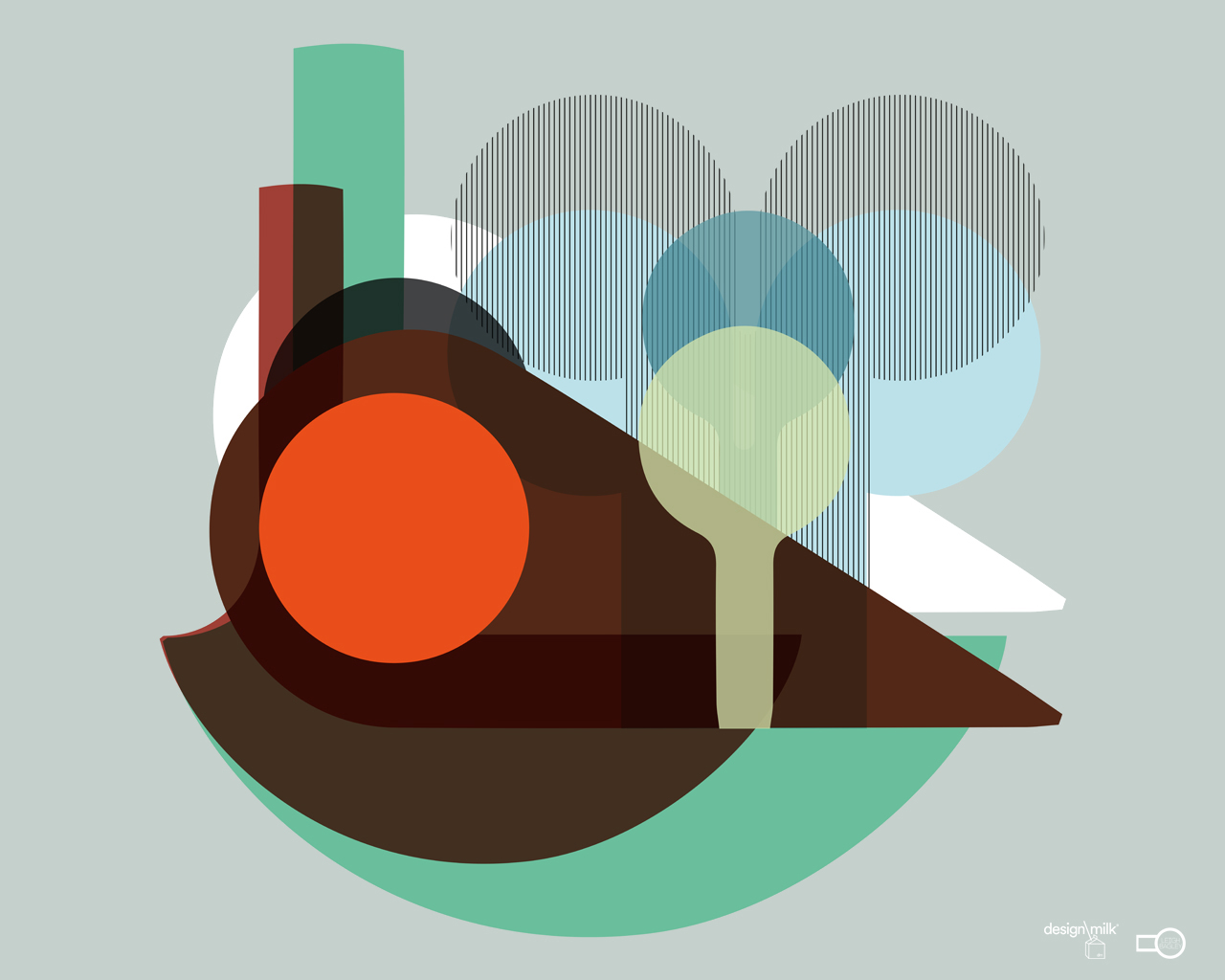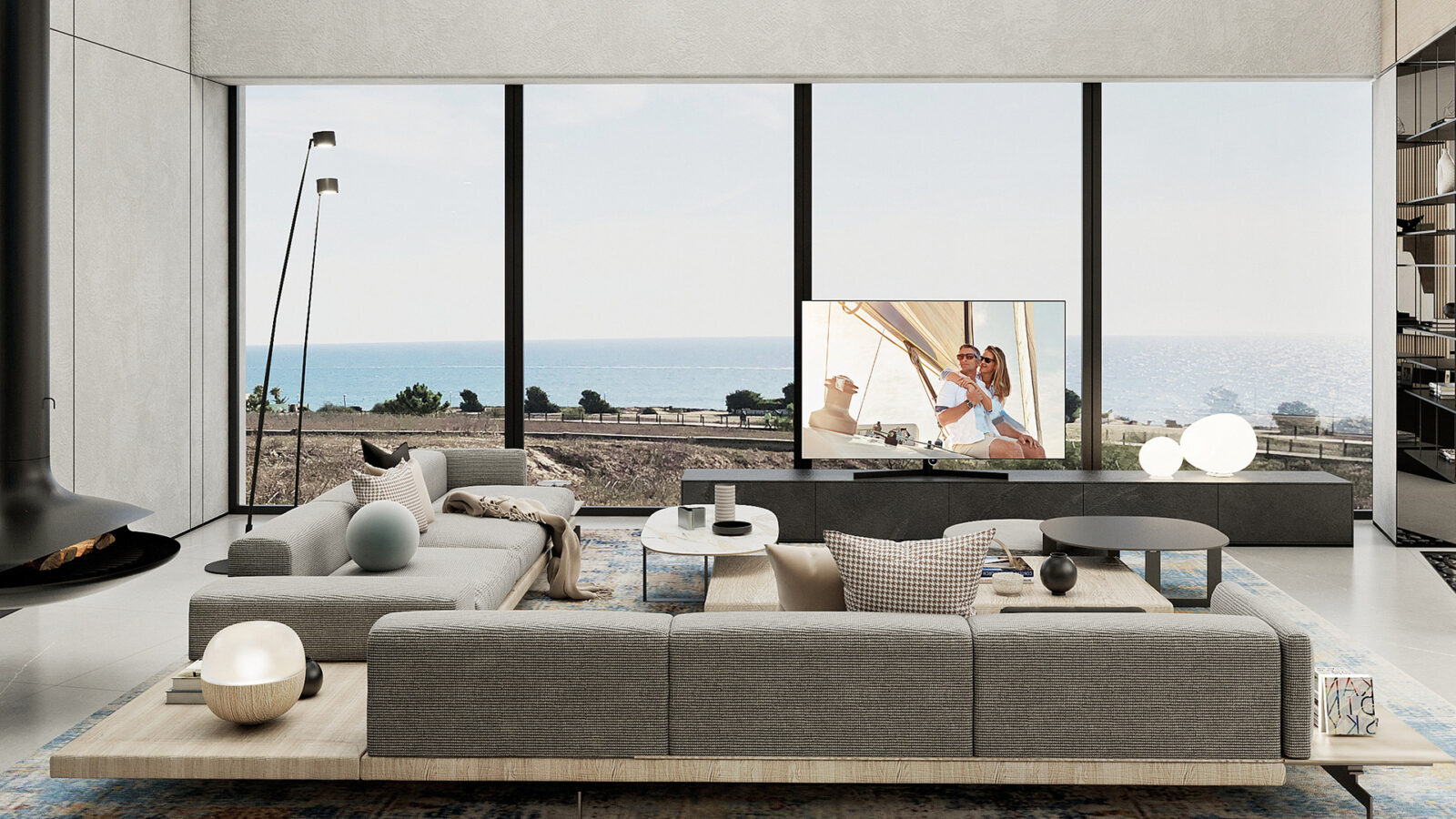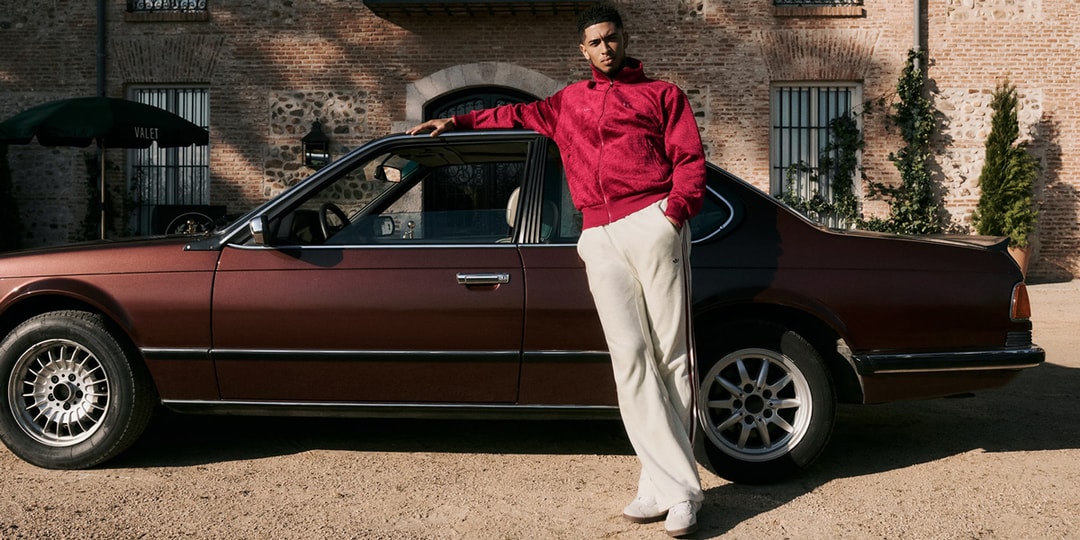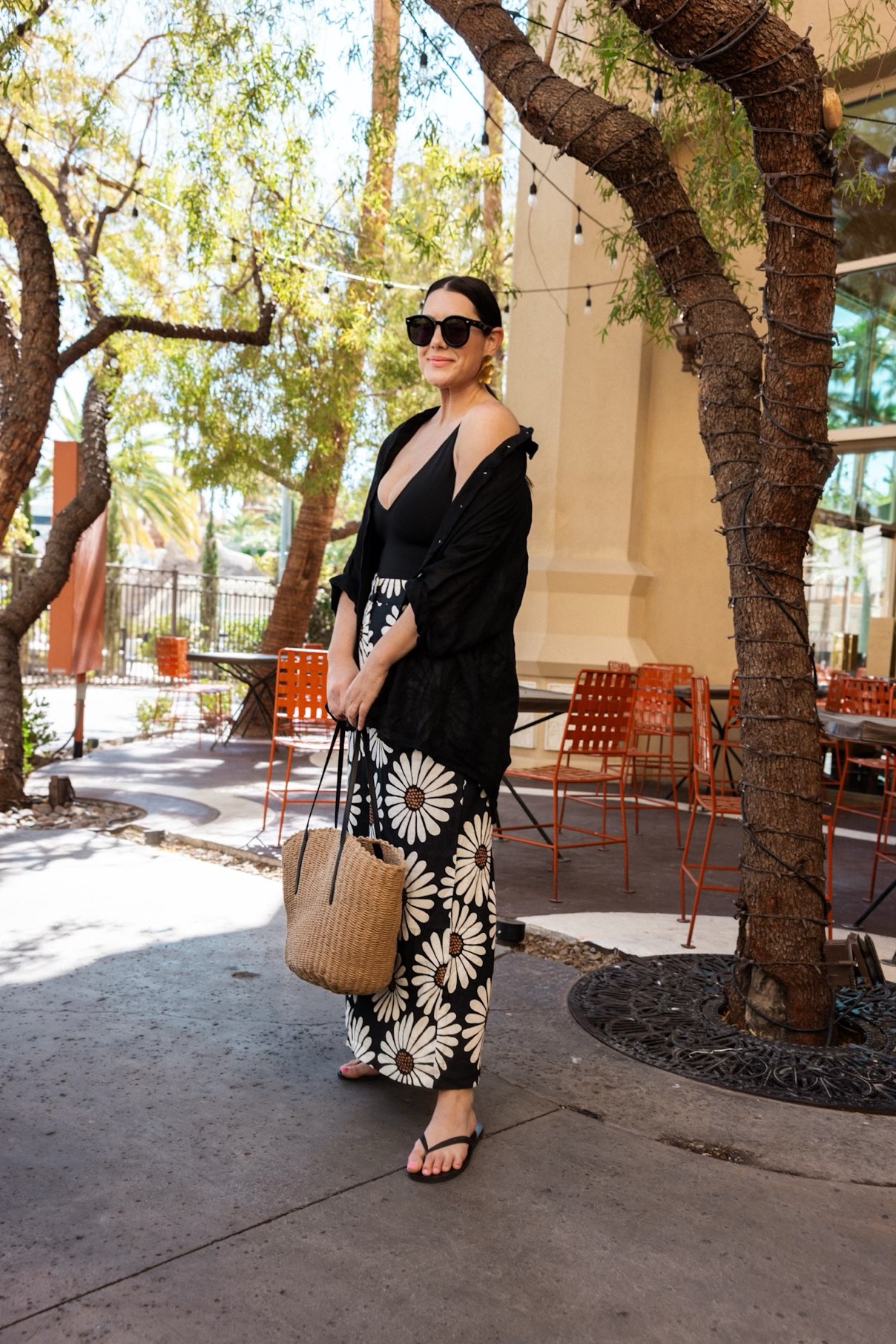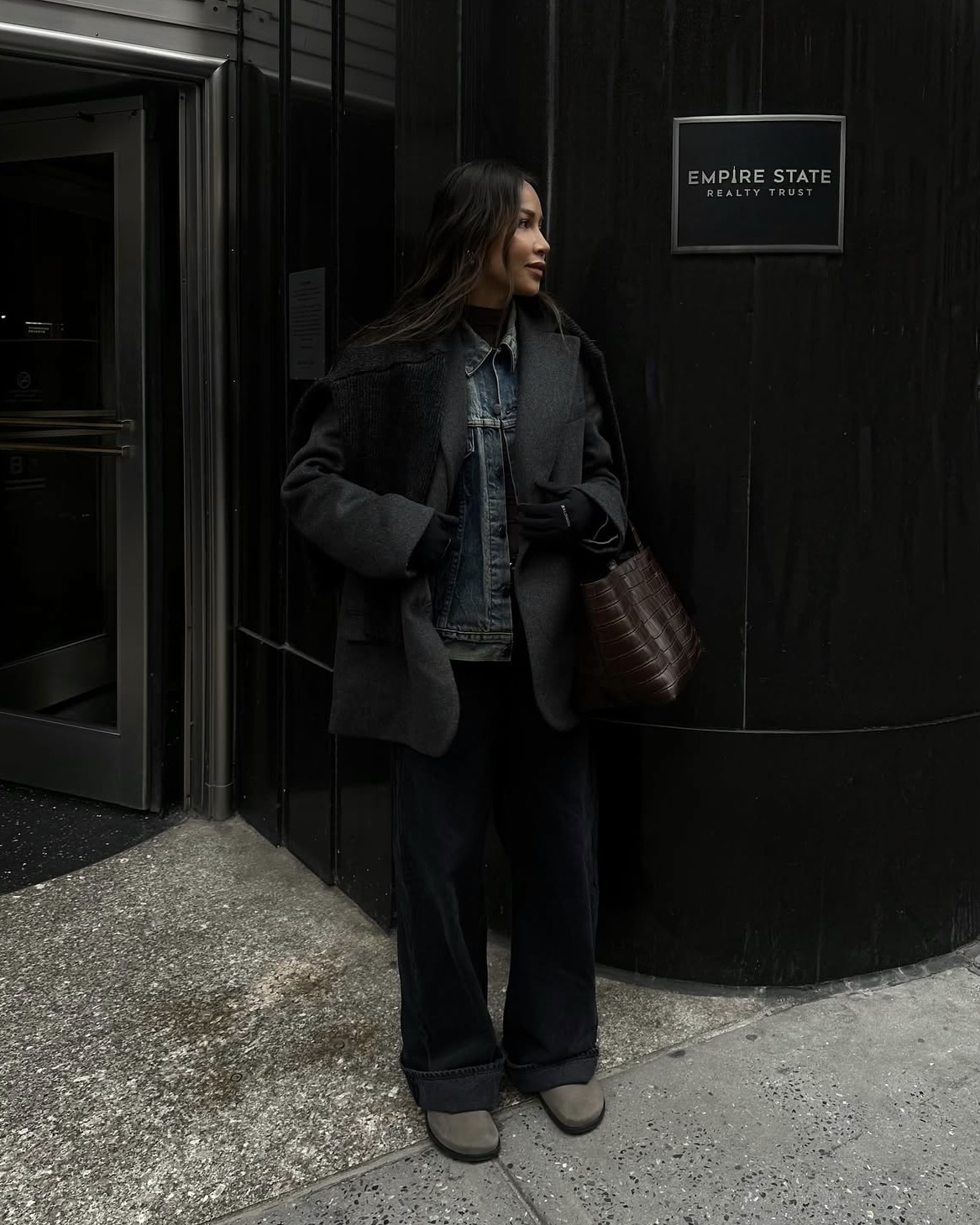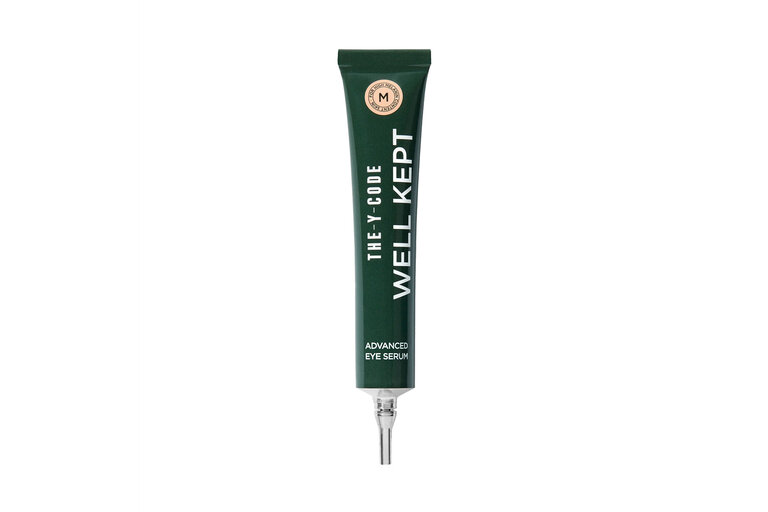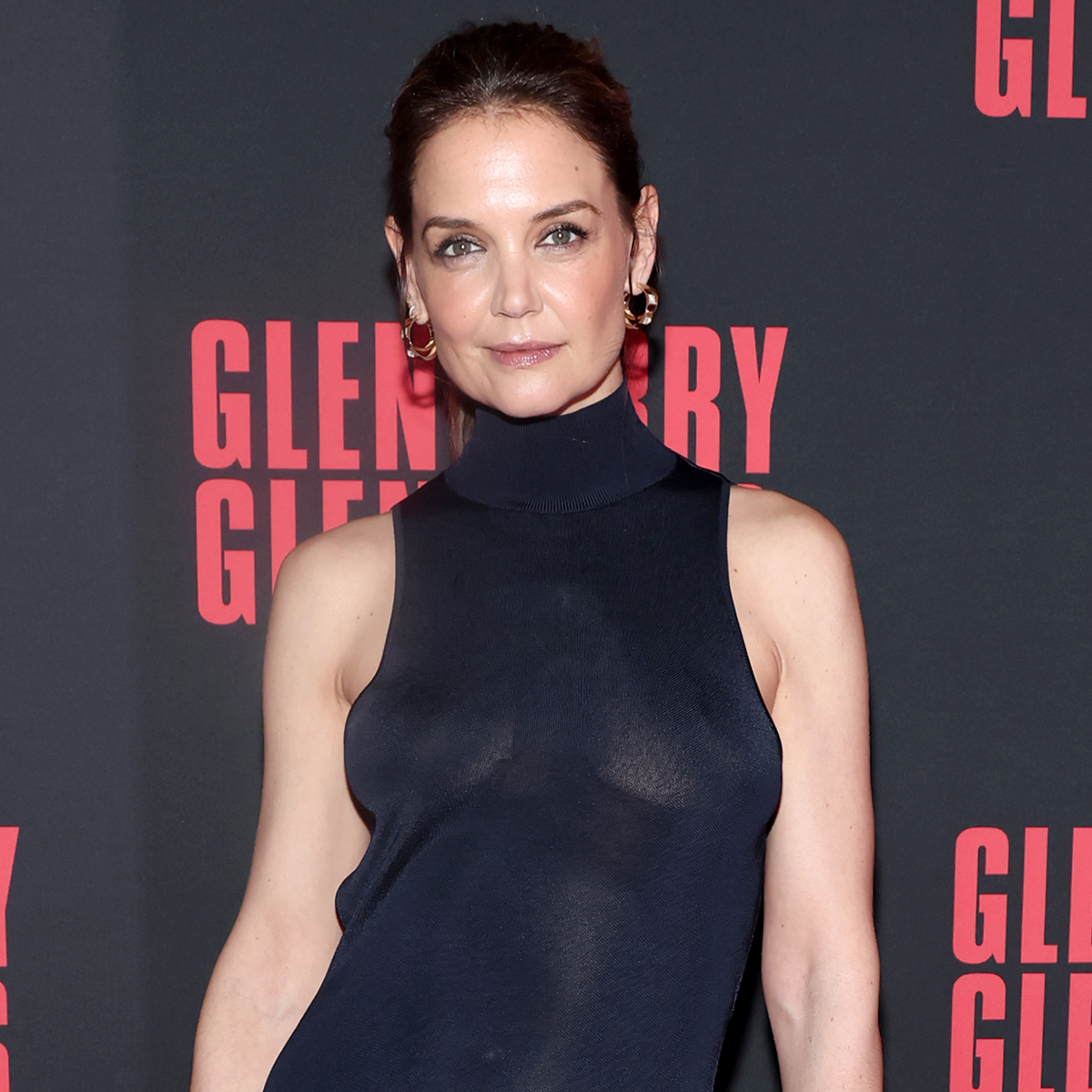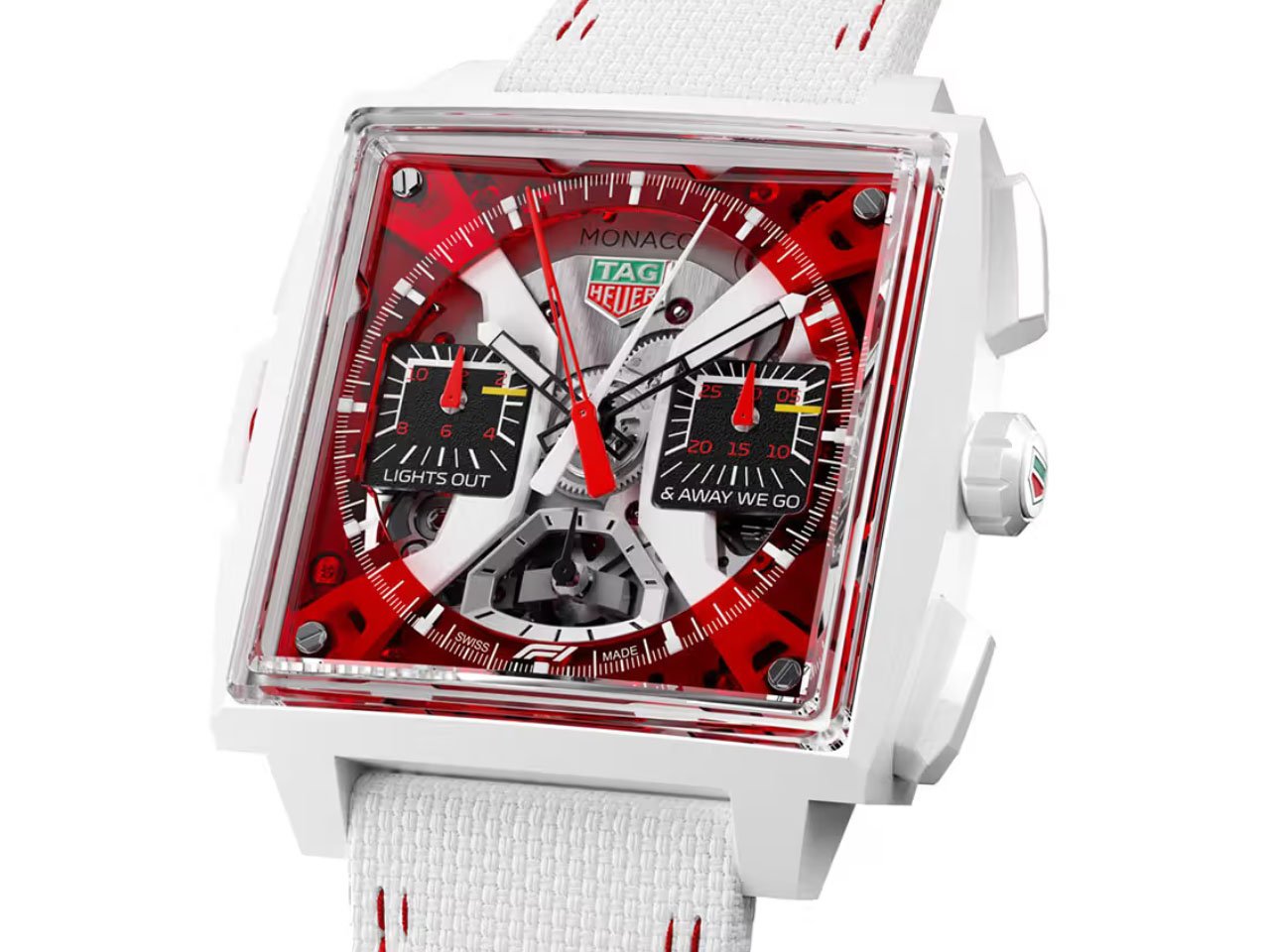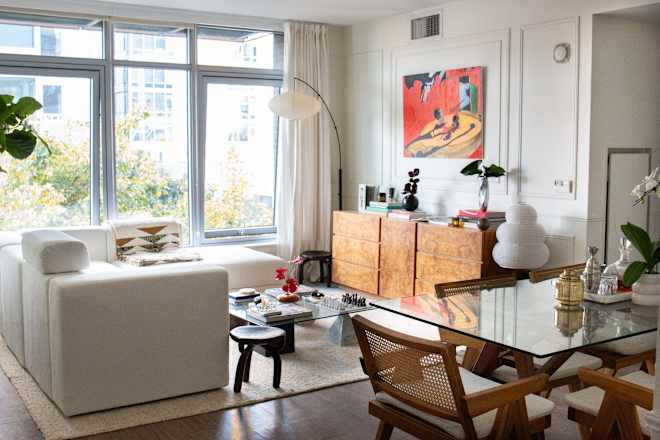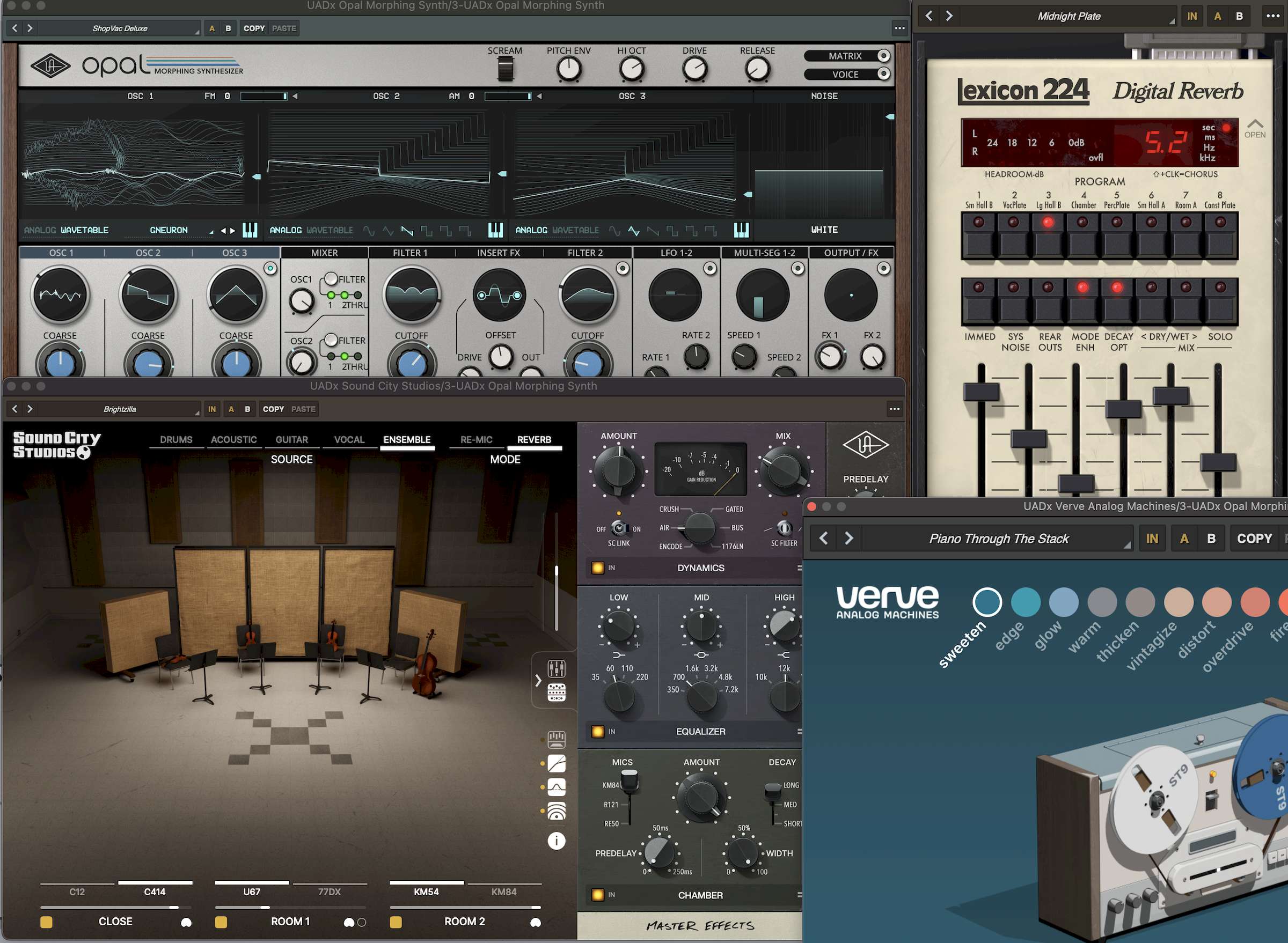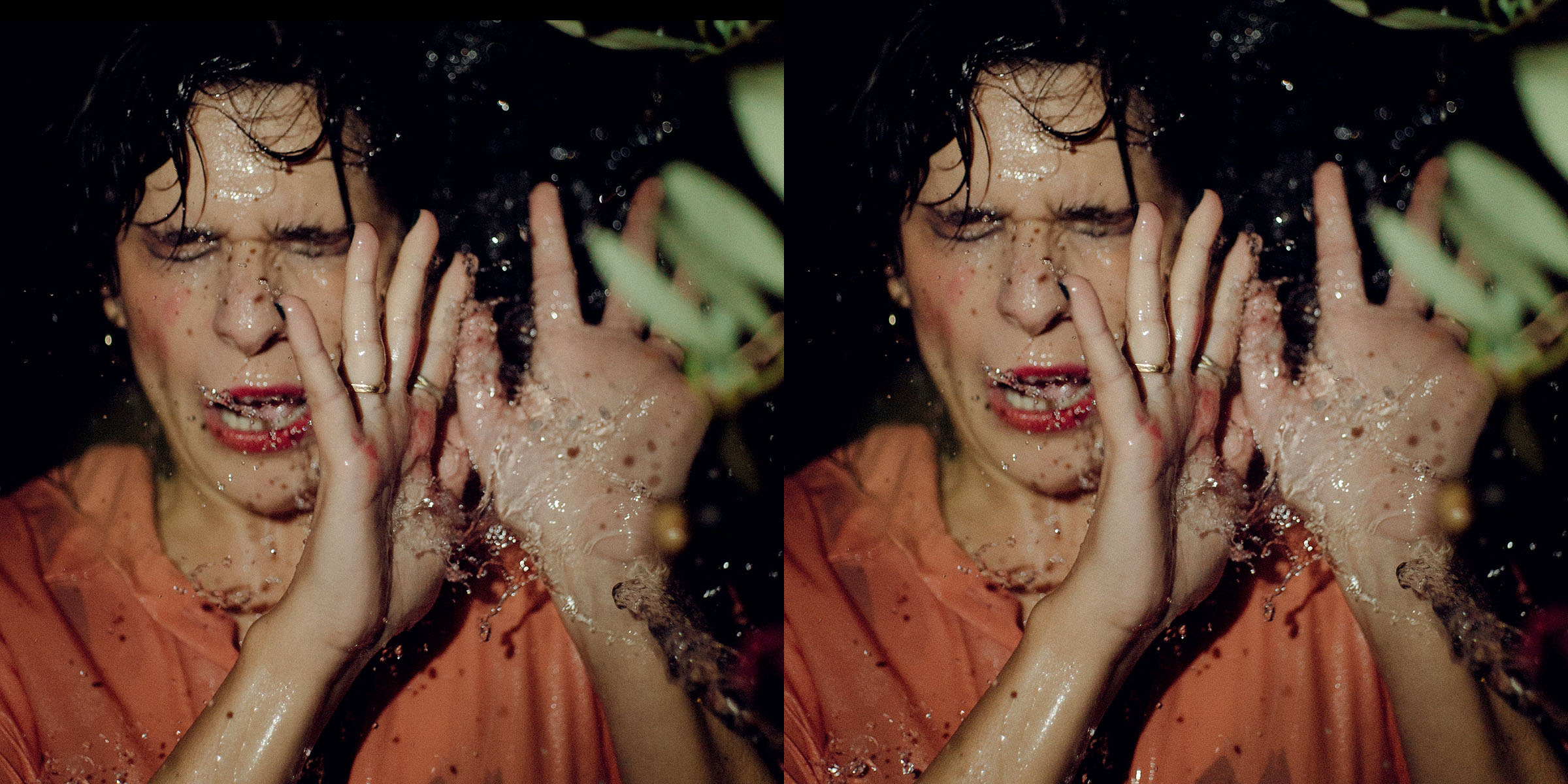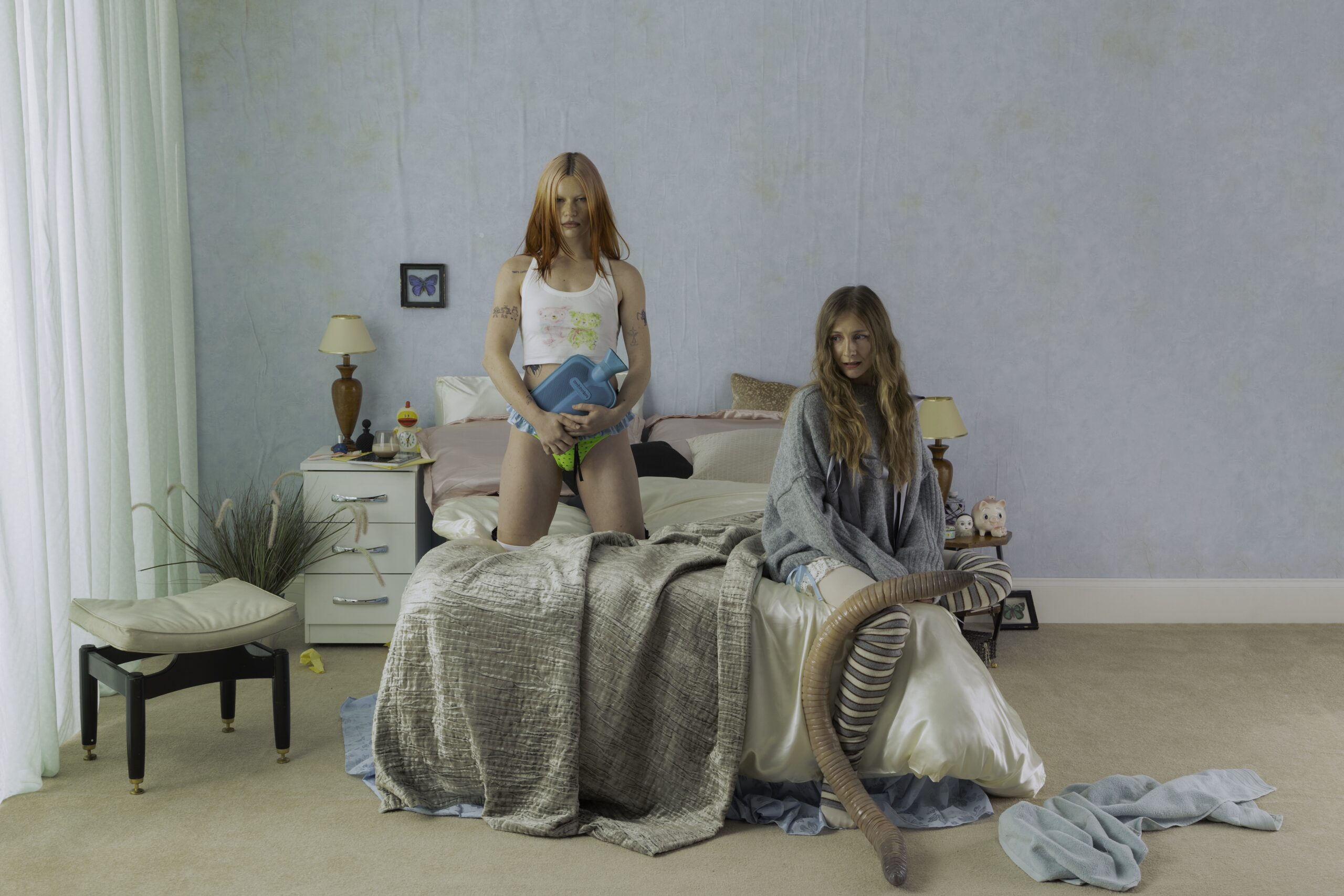Ten art deco structures that encapsulate the 1925 Paris Exposition
Our Art Deco Centenary series rounds off where it began, with the 1925 exposition in Paris. We take a look at 10 stand-out structures built for the landmark event, which catapulted art deco onto the world stage. A total of 15,000 exhibitors from 20 countries made up the Exposition Internationale des Arts Décoratifs et Industriels The post Ten art deco structures that encapsulate the 1925 Paris Exposition appeared first on Dezeen.


Our Art Deco Centenary series rounds off where it began, with the 1925 exposition in Paris. We take a look at 10 stand-out structures built for the landmark event, which catapulted art deco onto the world stage.
A total of 15,000 exhibitors from 20 countries made up the Exposition Internationale des Arts Décoratifs et Industriels Modernes, which took place in central Paris between April and October 1925.
It was held to assert French know-how in the decorative arts – an emerging modern style known today as art deco – through the lens of architecture and exhibits of luxury goods.
Today, the fair is widely celebrated as the birth event of art deco, playing a pivotal role in prompting designers worldwide to embrace the style in the years that followed.
However, it wasn't actually until the late 1960s that the term "art deco" was coined and retrospectively attached to the movement. Art deco is based on the French term for decorative arts – arts décoratifs – used in the name of the exposition.
The Paris Exposition des Arts Décoratifs et Industriels was filled with elaborate pavilions, as well as ornate fountains, gateways and gardens, with contributors including trailblazers René Lalique, Victor Horta and Le Corbusier.
Two-thirds of the exposition grounds were dedicated to pavilions contributed by French participants, with many of those representing towns and major department stores.
There were also several international pavilions at the fair, though mostly from European countries. Japan was among those from further afield, while the USA was a marked absence.
All of the pavilion creators were tasked with developing structures and exhibits that reflected the emergence of the "moderne" style, presenting new designs and ideas and avoiding any reproductions. This led to a series of structures unified by exuberant facades, decorative motifs and murals, and symmetrical forms – just some of the details for which the art deco style has become best known.
Read on for 10 stand-out structures that encapsulate the 1925 art deco exposition:

The Gate of Honour by Henry Favier and André Ventre
The main entrance to the Paris Exposition des Arts Décoratifs et Industriels was the art deco Gate of Honour, or Porte d'Honneur, which sat beside the Grand Palais. It was one of 12 access points to the fair.
Designed by architects Henry Favier and André Ventre, it comprised a series of rectangular stone pillars that framed decorative gates conceived by French metal designer Edgar Brandt, but made of fibre staff to emulate wrought iron.
The pillars were topped by fountain-like sculptures designed by French jeweller René Lalique to resemble glass, but also made from fibre staff for cost-saving purposes. Both Brandt and Lalique are today recognised as two of French art deco's leading lights.

Galeries Lafayette Pavilion by Joseph Hiriart, Georges Tribout and Georges Beau
Among the pavilions at the event were those presented by design studios of major French department stores, aiming to illustrate their commitment to the decorative arts. One of the most notable and daring was that of Galeries Lafayette.
A glass panel adorned with a giant sunburst motif – a hallmark feature of art deco architecture – marked the entrance to this pavilion, which contained exhibits of the store's high-end goods, including art-deco-style furnishings and glassware.

Collector's Hotel by Pierre Patout and Émile-Jacques Ruhlmann
Collector's Hotel, or Hotel d'un Collectionneur, was one of the most revered pavilions at the 1925 exposition. It contained a series of rooms furnished by designer Émile-Jacques Ruhlmann with French art deco designs to evoke the home of an art collector.
The building itself was designed by the French architect Pierre Patout with a symmetrically stepped exterior finished with three curved panels depicting human figures. Ruhlmann and Patout are two more major figures of the art deco movement.

Polish Pavilion by Józef Czajkowski
Poland contributed a highly ornate pavilion to the exposition, intended as a modern interpretation of Polish churches from the 17th and 18th centuries.
Its defining feature was a symmetrical, angular facade topped with a geometric iron and glass spire that illuminated the building at night and cast light down into its central hall during the day.
"I consider the Polish Pavilion to be the most original and finished of all foreign pavilions," critic Waldemar George wrote in the L'Amour de l'Art magazine in 1925. "It constitutes an excellent unity and is equally Polish without ceasing to be modern."

Tourism Pavilion by Robert Mallet-Stevens
This 35-metre-high concrete tower was the tallest structure on the grounds of the 1925 expo. Its more restrained, sleeker form could be argued to predict the streamlined art deco architecture that would emerge in the 1930s, while others might argue it lacks enough ornamentation to be considered art deco at all.
French architect Robert Mallet-Stevens designed it for use as an information centre. Visible from just inside the Gate of Honour (featured above), it married horizontal and vertical elements and was crowned by a bell and clock. Its facade also featured signage in a modern sans-serif typeface – a font style that gained popularity in the art deco movement.

British Pavilion by Easton & Robertson
The British Pavilion was another that resembled a church. It was created by the London architecture firm Easton & Robertson.
Though it offered a more restrained interpretation of art deco compared to other pavilions, it featured a symmetrical layout, a fluted parapet above the main entrance and an intricate glass spire.

Bon Marché Pavilion by Louis-Hippolyte Boileau
Another pavilion presented by a French department store was that of Bon Marché, designed by French architect Louis-Hippolyte Boileau as a showroom for its art deco-style products.
The building's defining feature was a large decorative glass panel on its front facade, framed by symmetrically stepped walls embellished with triangular patterns that lent it a modern feel.

Belgian Pavilion by Victor Horta
Renowned architect Victor Horta, one of the proponents of the art nouveau movement, ditched his signature organic, curved style for a more symmetrical, rectilinear aesthetic for Belgium's pavilion.
He designed a stepped, rectilinear structure wrapped by colonnades and formed of low-cost materials like wood and plaster due to the country's limited budget.
One of its key features was a tower dotted with six statues, carved by Belgian sculptor Marcel Wolfers to illustrate the evolution of decorative arts over time.

Luminous Fountain by René Lalique
French jeweller Lalique exhibited a number of his designs at the exposition. Among them was the Luminous Fountain, which sat outside his own pavilion and paid homage to bodies of water across France.
The fountain extended 15 metres in height and was animated by 128 glass caryatids – sculptures of female figures – raised on a plinth cloaked in fish-patterned tiles.

USSR Pavilion by Konstantin Melnikov
The Exposition Internationale des Arts Décoratifs et Industriels Modernes is remembered for the central role it played in the story of art deco – but though art deco emerged as the dominant style at the event, not all architects interpreted the organisers' call for "modern" design in the same way.
For instance, the USSR Pavilion was considered the most popular building at the 1925 exposition, propelling its architect, Konstantin Melnikov, to international fame.
Melnikov resisted ornamentation and instead applied constructivist principles, giving rise to an industrial-looking structure lined with glass that allowed views inside and out.
Other notable exceptions included Le Corbusier and Pierre Jeanneret's Pavillon de l'Esprit Nouveau – a functional, open-plan model home. Exposition organisers were outraged by the design and tried unsuccessfully to block it from view with a fence, but these types of architectural visions are arguably more influential in the 21st century than ostentatious art deco.
The imagery is from Wikimedia Commons.

Art Deco Centenary
This article is part of Dezeen's Art Deco Centenary series, which explores art deco architecture and design 100 years on from the "arts décoratifs" exposition in Paris that later gave the style its name.
The post Ten art deco structures that encapsulate the 1925 Paris Exposition appeared first on Dezeen.




![The Depressing Relevance of ‘The Stepford Wives’ [Horror Queers Podcast]](https://bloody-disgusting.com/wp-content/uploads/2025/04/Stepford-Wives.jpg)


![Survival Horror Game ‘Amber Alert’ Releasing Physically for PS5 [Trailer]](https://bloody-disgusting.com/wp-content/uploads/2025/04/amberalert.jpg)






















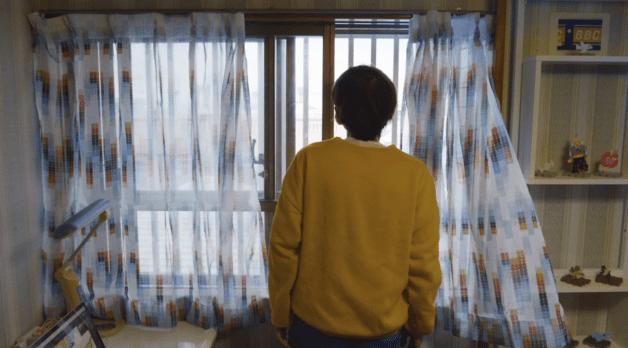






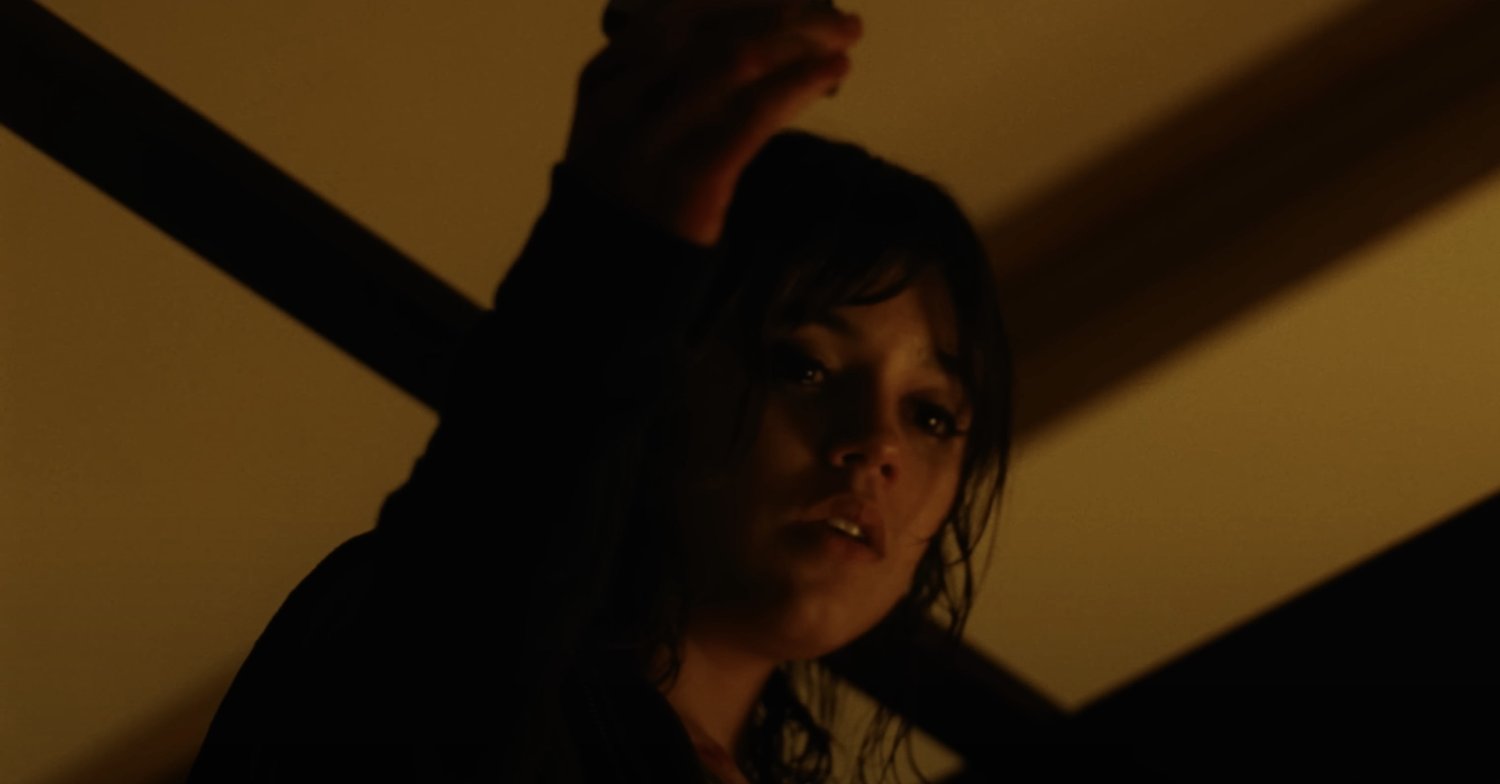











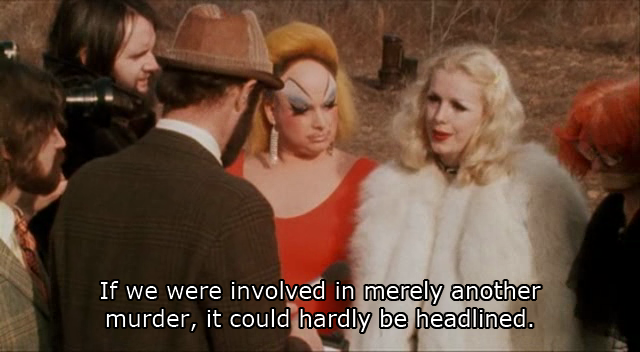
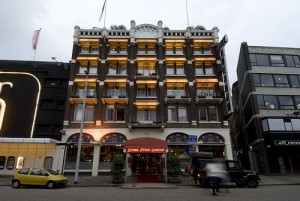
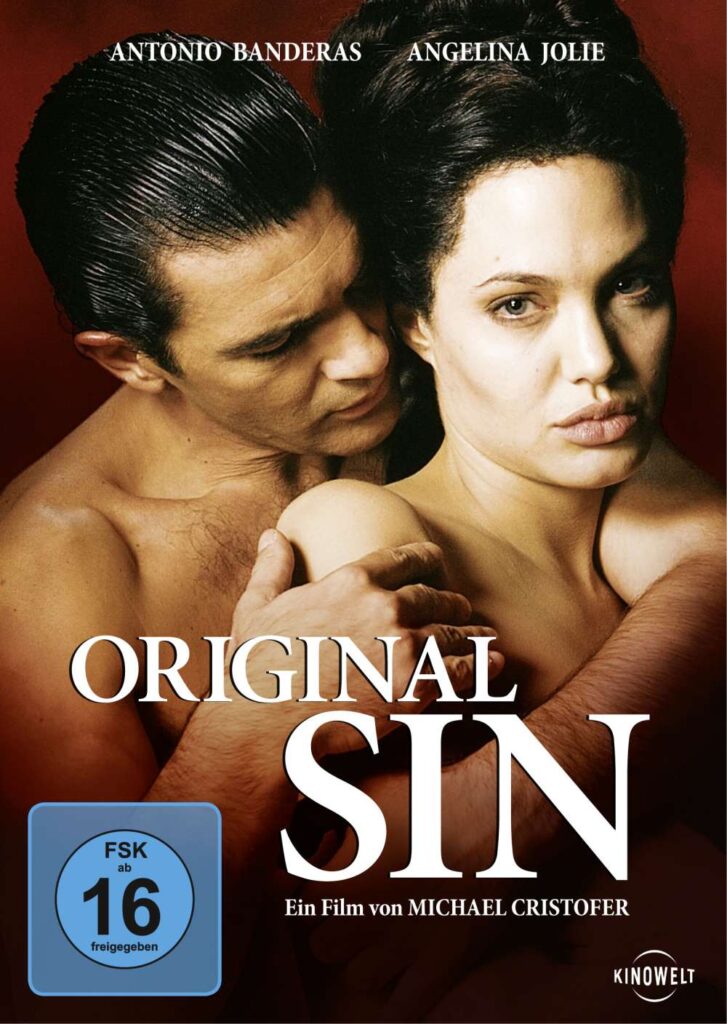




























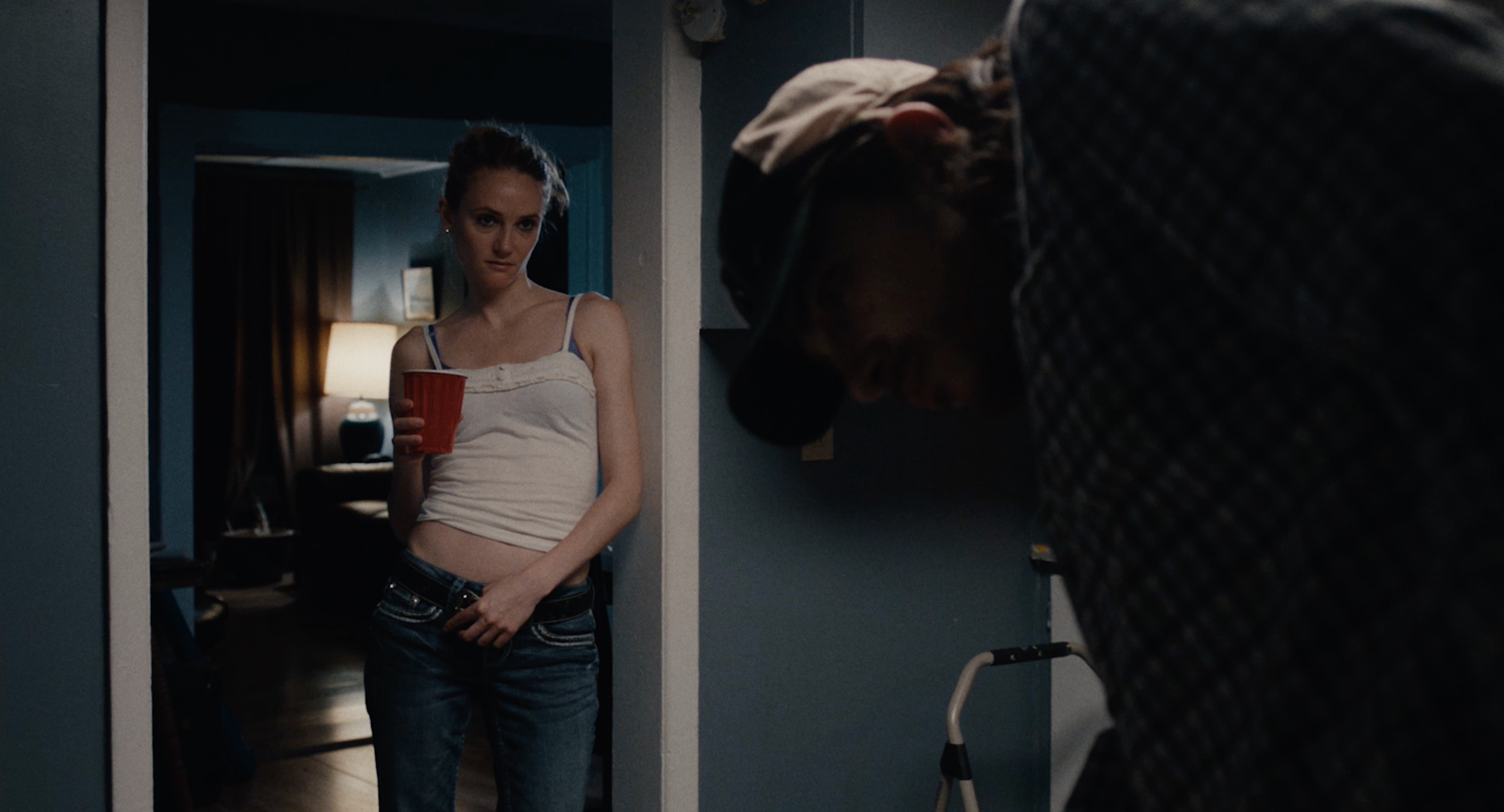
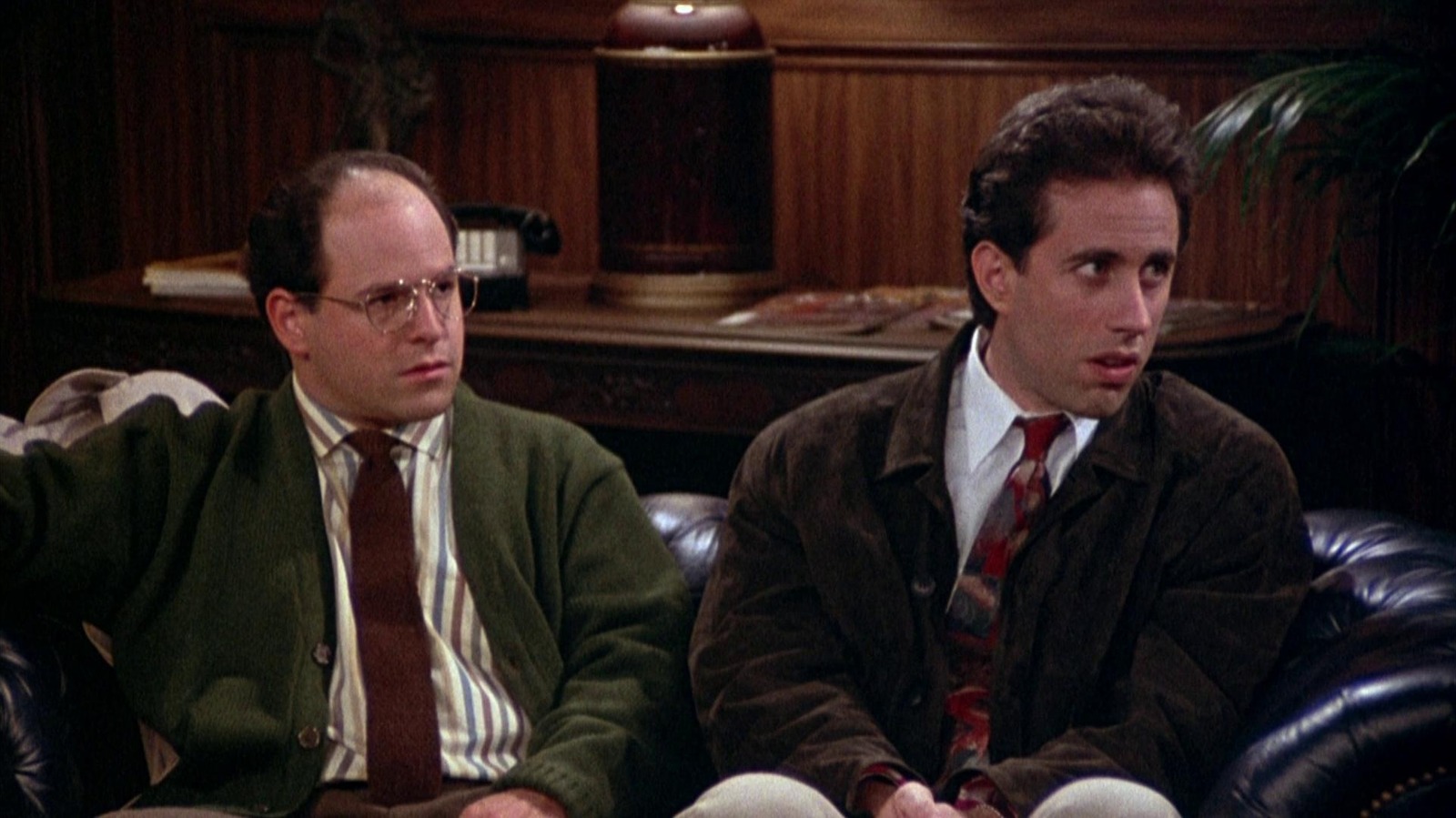


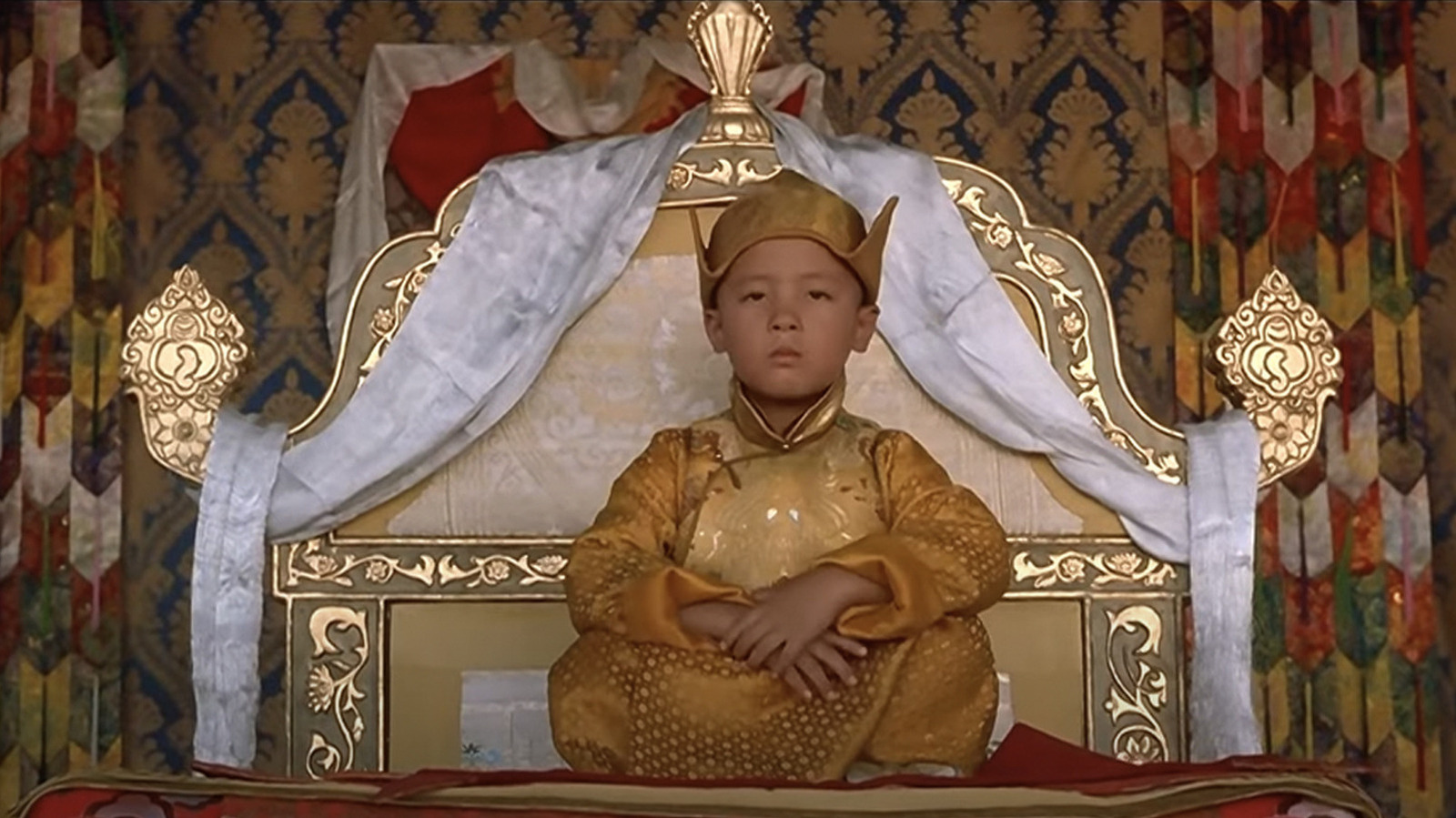












![David Fincher To Direct Brad Pitt In ‘Once Upon A Time In Hollywood’ Sequel Written By Quentin Tarantino [Exclusive]](https://cdn.theplaylist.net/wp-content/uploads/2025/03/31164409/David-Fincher-To-Direct-Brad-Pitt-In-%E2%80%98Once-Upon-A-Time-In-Hollywood-Sequel-Written-By-Quentin-Tarantino-Exclusive.jpg)

![The Weeknd Closes Lionsgate’s More ‘Hunger Games’ And ‘John Wick’ Pitch To Theater Owners [CinemaCon]](https://cdn.theplaylist.net/wp-content/uploads/2025/04/01162058/TheWeekndCinemaCon.jpg)







